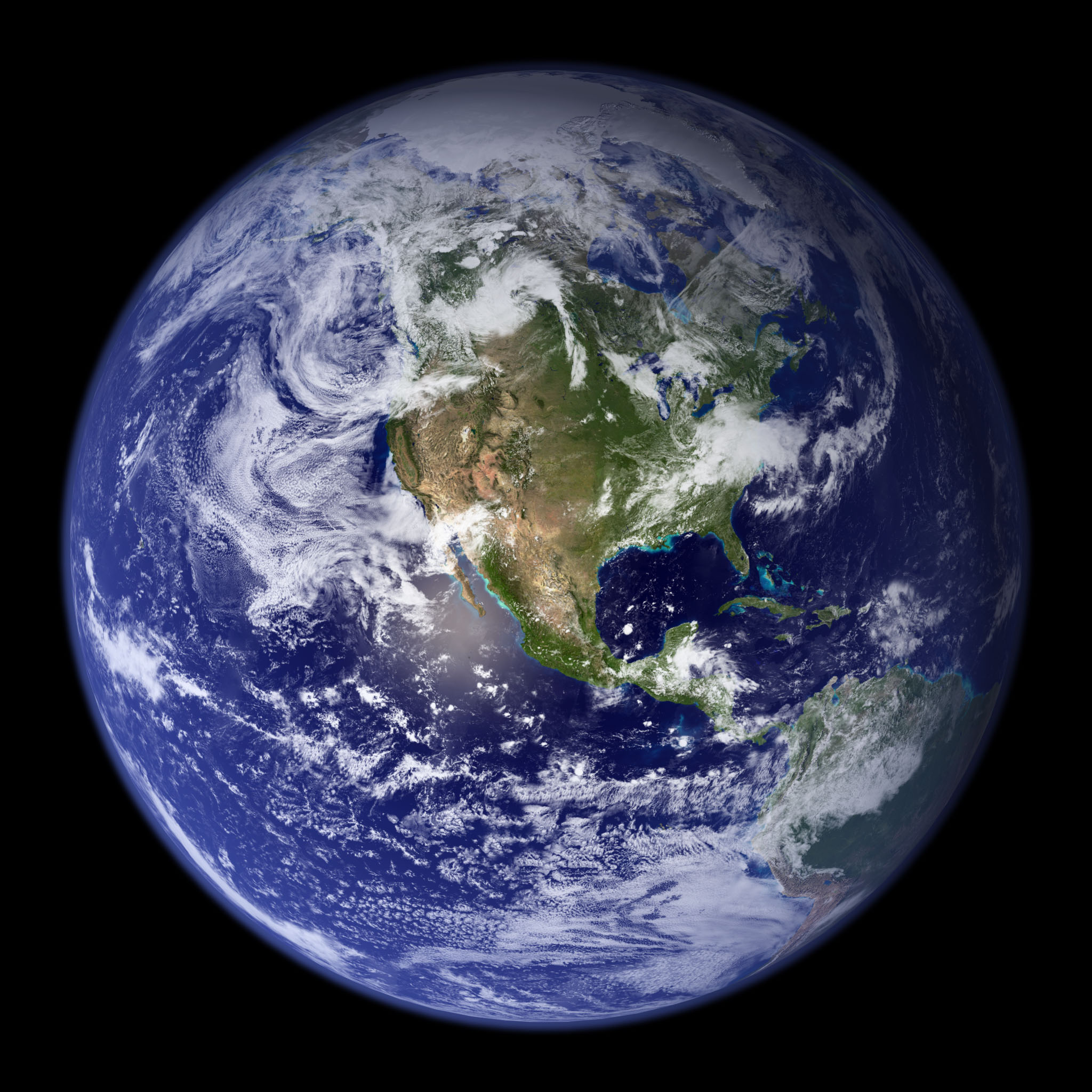Chasing Ice
I decided to watch a documentary called Chasing Ice as part of an extra credit assignment. The Film is about a National Geographic photographer named James Balog who had been photographing receding glaciers for two years before he founded Extreme Ice Survey(EIS). Balog wanted to record the effects of climate change on Glaciers so he could publicize that information. The original goal was to set up 25 cameras in different locations around the world that would take pictures of glaciers every hour over the course of three years. Each camera was hooked up to a microcontroller that told it when to take the pictures and the whole thing was connected to a solar panel. The end result of the project is quite astonishing. Balog’s work shows the glaciers are receding at a rate faster than ever before and not advancing at all during the winter like it was believed to. The film showed footage of an chunk of the Jakobshavn Glacier in Greenland breaking off. It is the largest and longest glacier retreating event ever caught on film. This glacier took 100 years to recede 8 miles and only took about 10 years to recede another 9 miles. In turn showing how drastic the effects of climate change are. It is so much that of the 1400 glaciers that were in the Yukon Territory, Canada from 1958-2008, only four advanced and over 300 are now gone. This film really shows undoubtable facts that climate change is effecting the world around us and we are not even noticing. I’m glad James Balog has been able to conduct this study and show this evidence to the general population.
Forks Over Knives
This documentary is about doctor Caldwell Esselstyn and professor of nutritional biochemistry T. Colin Campbell. Their careers focus on the importance of diet on people’s health. The film asserts that a whole food, plant-based diet can play a critical role in the prevention of many diseases. It also talks about the China-Cornell-Oxford Project in which Campbell concluded that the obesity, cancer, and diabetes result from a western diet that is comprised mainly of animal products. People in Asia do not have such a high risk of getting cancer or diabetes like in the USA because of the good diet they have. There were also numerous studies that also concluded that animal protein increased the risk of cancer. The two doctors are two of few that promote a whole food plant based diet to treat diseases rather that primarily focusing on prescribing medicine and nothing else. Some people don’t know how harmful eating fast food and a lot of meat can do to your health I have learned that it can cause many different diseases that no one wants to suffer. I am glad I have been vegetarian my entire life, even though I am vegetarian does not mean that I am the healthiest person. People should exercise more often and eat more healthier food they would not have those problems with health. Protein isn't necessary come from just meat, its a variety of different elements like : vegetables, seeds, fruit, and of course exercise.
An Inconvenient Truth
An Inconvenient Truth is a documentary about the effects of global warming on the world. It is shown in the style of a keynote presentation by Al Gore. He started off by going through a very basic overview of what causes global warming. There was a cartoon that showed how green houses gases produced by humans traps heat from the sun and causes the atmosphere to warm. Al Gore became interested in the topic of global warming since he was in college. His professor at Harvard University was Roger Revelle who was among the first people to study climate change, inspired him.
He was involved in the study that measured the measured the CO2 levels in the atmosphere. The devices were released up with balloons in the middle of the Pacific Ocean because it was the location that was most remote. That way there would be less variables from human CO2 releases. The results showed a continuous rise and fall of CO2 levels that that ultimately rose over time.












